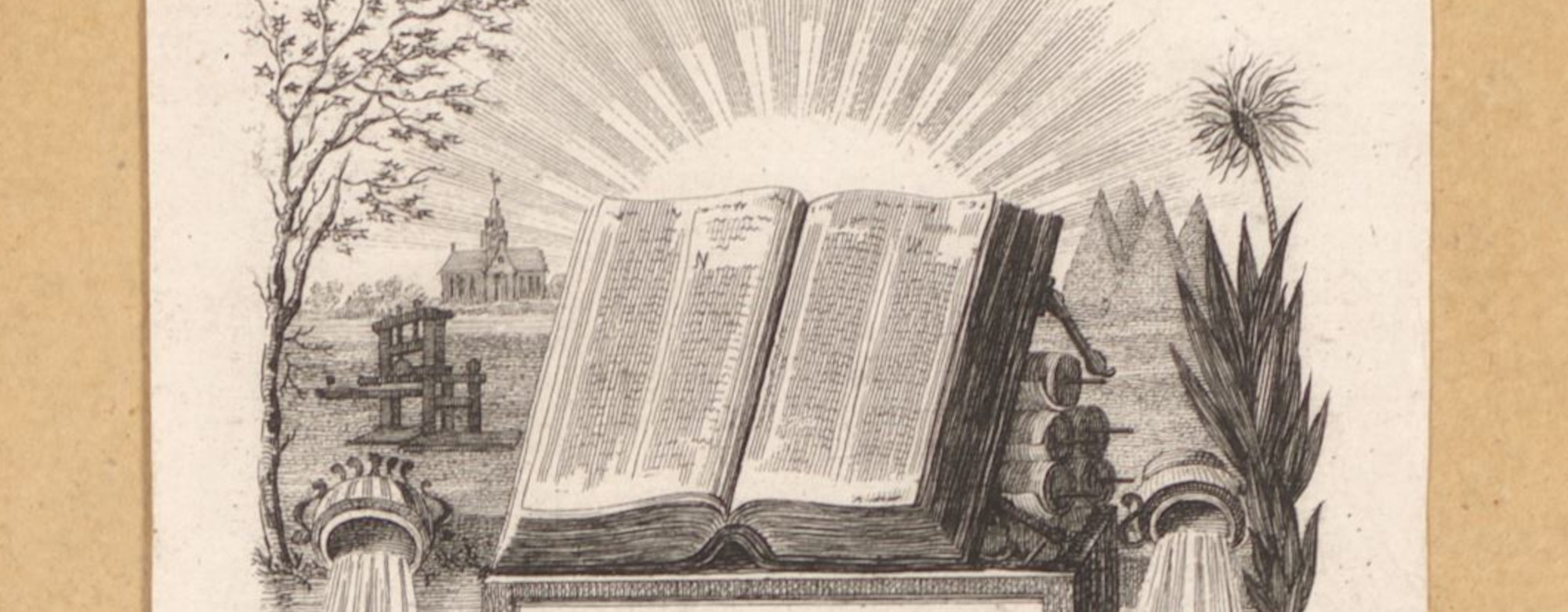Today we are publishing the fourth in a series of position papers dealing with the various parts of the European Commission’s proposal for a Directive on Copyright in the Digital Single Market (see our papers on the education exception, text and data mining exception, and press publisher’s right). Today’s paper deals with the Commission’s handling of what is commonly known as “Freedom of Panorama”—the legal right to take and share photos, video, and images of architecture, sculptures and other works which are permanently located in a public place (you can download a pdf version of the paper here). From our perspective this issue was not adequately addressed in the Commission’s proposal, and we ask the European Parliament to introduce a broad, EU-wide Freedom of Panorama right that applies to both commercial and noncommercial uses of all works permanently located in public spaces.
Position paper: Copyright Reform to Protect the Rights of Photographers and Painters
Public spaces in our cities and countrysides are a functional part of the commons, the places accessible to all members of society. These belong to the public and are not owned privately. The right to take and re-use pictures of our public spaces is critical for the arts, preservation of culture, and education. It is also highly relevant to freedom of expression. It forms the foundation upon which many European photographers, painters, and visual artists create art and earn a living.
The European Commission ran a consultation on this right, known commonly as “Freedom of Panorama”. The results of the consultation confirm that consumers, institutional users, service providers, professional photographers, and architects believe that making this right mandatory across the EU will have a positive impact on their activities.
In its communication published alongside the EU copyright reform proposal, the European Commission “confirms the relevance of this exception” and “strongly recommends that all Member States implement this exception.” Both Vice-President Ansip and Commissioner Oettinger have since publicly confirmed that there is a majority in the Council for such a mandatory right.
Despite broad support for the Freedom of Panorama right from various stakeholders, almost certain majorities in the Council and its own call to all Member States to introduce it, the European Commission decided not to include this issue in their Proposal for a Directive on Copyright in the Digital Single Market. Instead, the Commission proposes that the exception remains unharmonised as per Copyright in the Information Society 2001 Directive.
The problems with the proposal
1. Fails to deliver an efficient and competitive Digital Single Market
The national copyright frameworks of Europe currently do not offer consistent rules on the Freedom of Panorama. The majority of countries have this right, but countries such as Greece, Italy, and Luxembourg are missing it entirely. Even while some countries have a copyright exception that allows people to share images of buildings and public art, the law in other countries restricts this exception to buildings only, or to non-commercial use, or based on the location of the photographer in relation to the artwork. This disharmony creates legal uncertainty for people who share their works across borders – i.e. anywhere on the internet, or with a work of art that will be shown or sold in another EU country. This situation also makes it difficult or even impossible to organise a European photography contest, or publish a book with photography. By not tackling this issue the European Commission perpetuates EU cross-border legal issues and thus fails to deliver on the primary goal of the reform.
2. Fails at providing a fair balance between private and public interests
Public spaces are a valuable public resource. Municipalities sometimes charge rent for visible parts of public spaces (advertising). In the case of works permanently installed in public spaces, a large proportion of the added value comes from the public space itself. The author is paid upfront for the installed artwork and receives additional income from using the public space as an advertising and exhibition space. Not allowing the re-use of images of public spaces would be akin to the privatisation of the commons.
Recommendations
COMMUNIA asks the European Parliament to introduce a broad, EU-wide Freedom of Panorama right that applies to both commercial and noncommercial uses of all works permanently located in public spaces.

